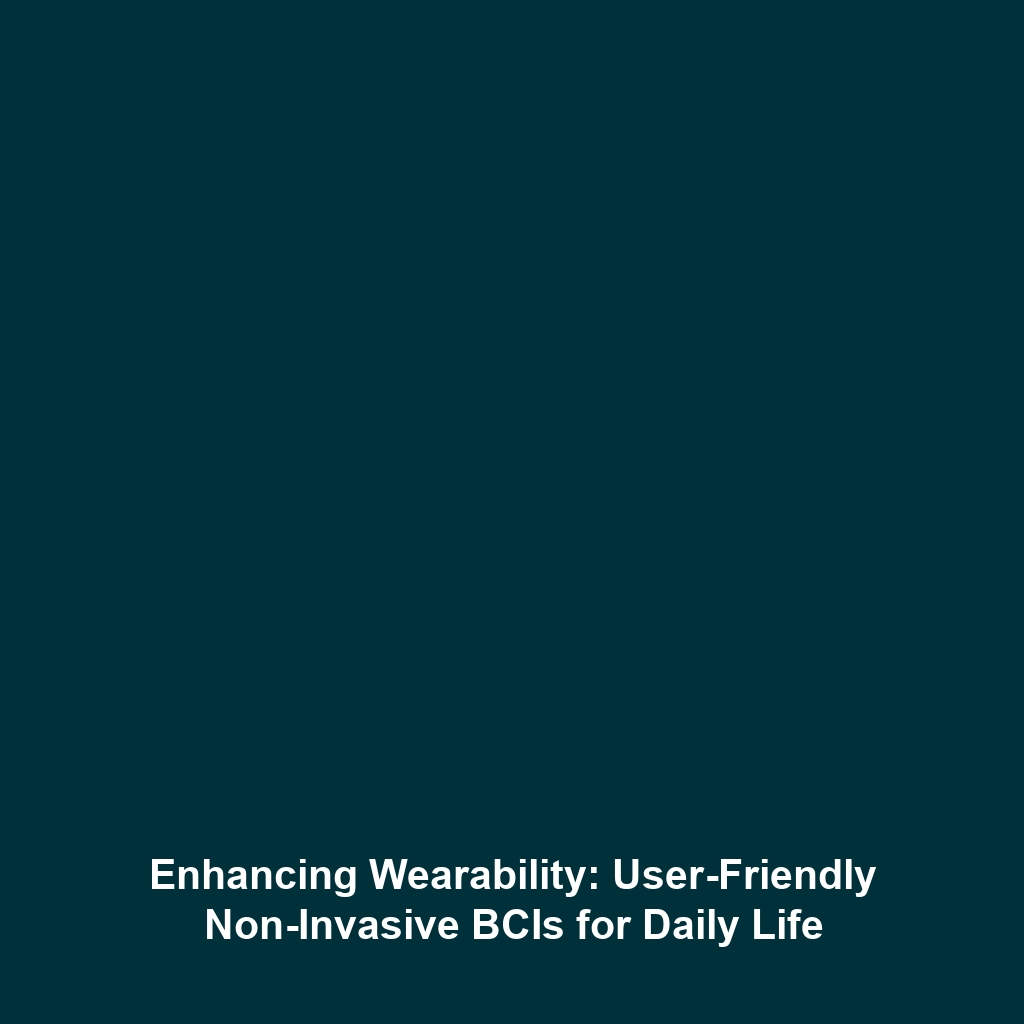How Humanoid Robots Will Be Integrated into Smart Homes and IoT Systems
Introduction
The advent of humanoid robots is revolutionizing the landscape of modern homes, particularly in the context of smart homes and the Internet of Things (IoT). These robots, designed with human-like features and abilities, are becoming essential in creating intuitive, automated environments that enhance everyday living. As technology advances, the integration of humanoid robots into smart home systems holds immense potential for improving efficiency, security, and convenience. This article will explore how humanoid robots will be integrated into smart homes and IoT systems, emphasizing their significance within the broader robotics framework.
Key Concepts
Understanding how humanoid robots integrate into smart homes requires a grasp of several key concepts:
- Artificial Intelligence (AI): The backbone of humanoid robots, enabling them to learn and adapt to users’ preferences and routines.
- Internet of Things (IoT): A network of interconnected devices that communicate and share data, allowing humanoid robots to manage smart home functionalities.
- Automation: The ability of humanoid robots to perform tasks autonomously, such as scheduling, controlling appliances, and responding to emergencies.
These principles illustrate how humanoid robots fit seamlessly into the smart home ecosystem, providing enhanced interactivity and control.
Applications and Real-World Uses
The practical applications of how humanoid robots are integrated into smart homes and IoT systems are rapidly expanding:
- Personal Assistance: Humanoid robots can manage daily tasks such as scheduling appointments, providing reminders, and assisting with household chores.
- Security: Integrated humanoid robots can enhance home security by monitoring properties, detecting intruders, and alerting homeowners.
- Healthcare Monitoring: These robots can aid in monitoring the elderly or those with disabilities, providing assistance or emergency alerts when necessary.
Each of these applications showcases the transformative potential of humanoid robots in smart home environments.
Current Challenges
Despite the promising advantages, there are several challenges and limitations in integrating humanoid robots into smart homes and IoT systems:
- Technological Limitations: Current robots may lack the necessary sensory and cognitive abilities to fully replicate human interactions.
- Privacy Concerns: The collection and storage of personal data by robots raise significant privacy issues that need addressing.
- High Implementation Costs: The financial investment required for deploying advanced humanoid robots can be prohibitive for many households.
Overcoming these challenges is critical for the widespread adoption of humanoid robots in residential settings.
Future Research and Innovations
As research into humanoid robots continues, several promising innovations are on the horizon:
- Improved AI Algorithms: Enhanced algorithms will lead to better decision-making capabilities and more intuitive interactions.
- Advanced Robotics: Next-generation materials and technologies will enable the creation of more agile and adaptive humanoid robots.
- Seamless IoT Integration: Future robots will offer seamless connectivity with a wider range of smart devices, creating a more cohesive smart home ecosystem.
These innovations are poised to significantly enhance the functionality and presence of humanoid robots in everyday life.
Conclusion
The integration of humanoid robots into smart homes and IoT systems represents a significant leap in how we interact with technology in our lives. By addressing current challenges and focusing on future innovations, the potential for these robots to enhance our living environments is vast. For those looking to stay informed about advancements in humanoid robots and smart home technology, exploring these developments is essential. For further reading on related topics, be sure to check out our articles on AI advancements and smart home technologies.

